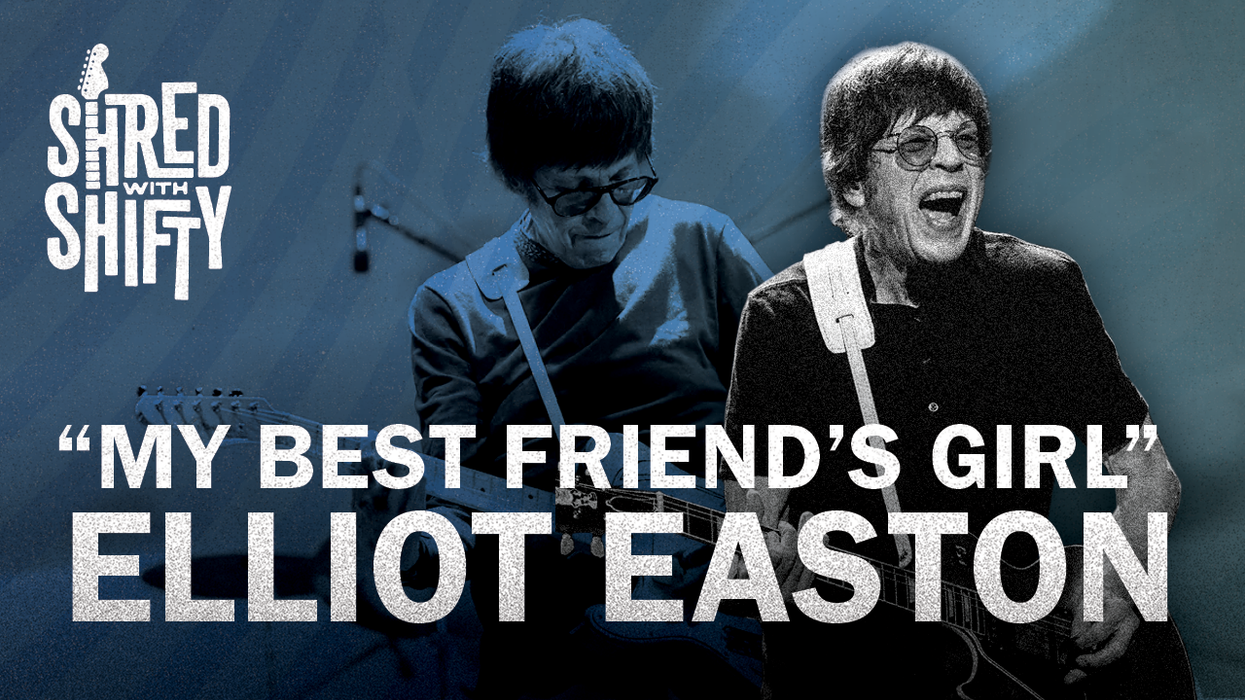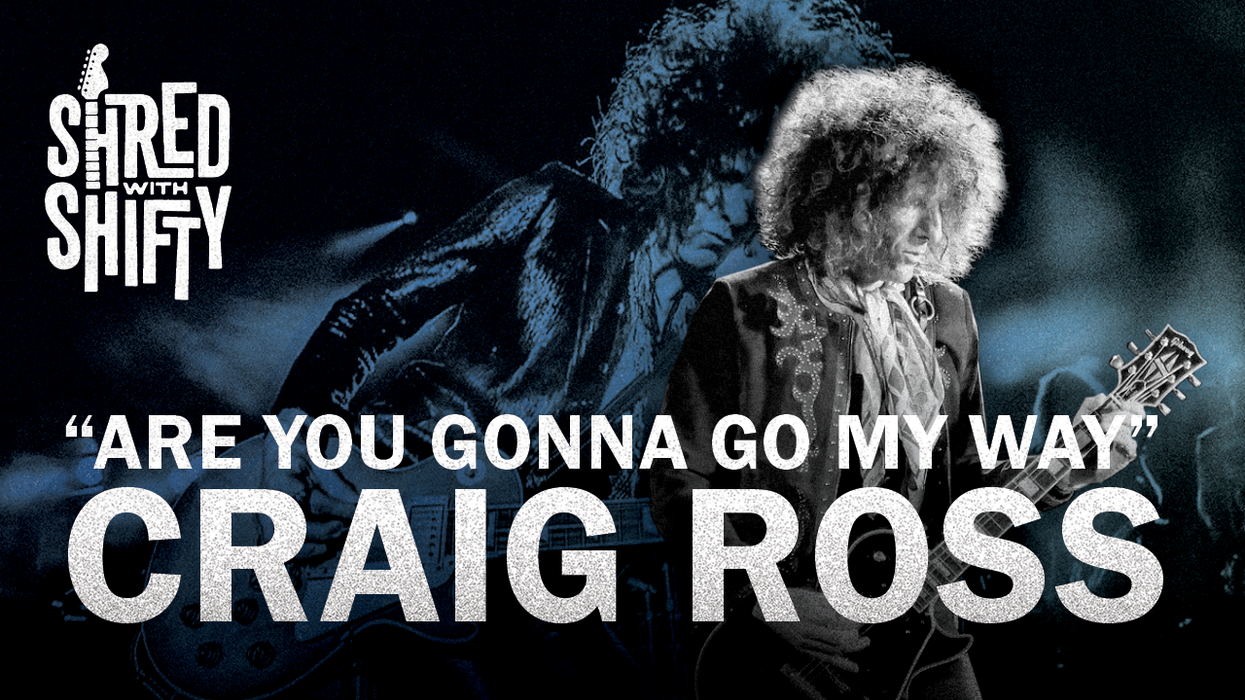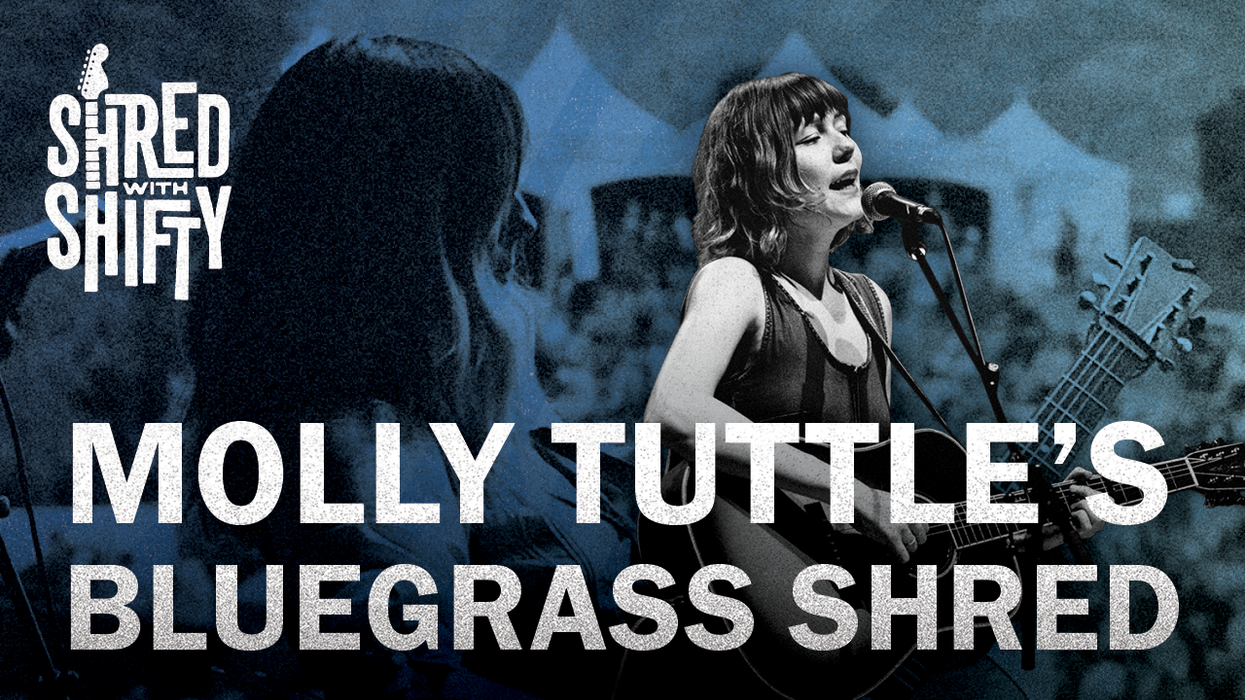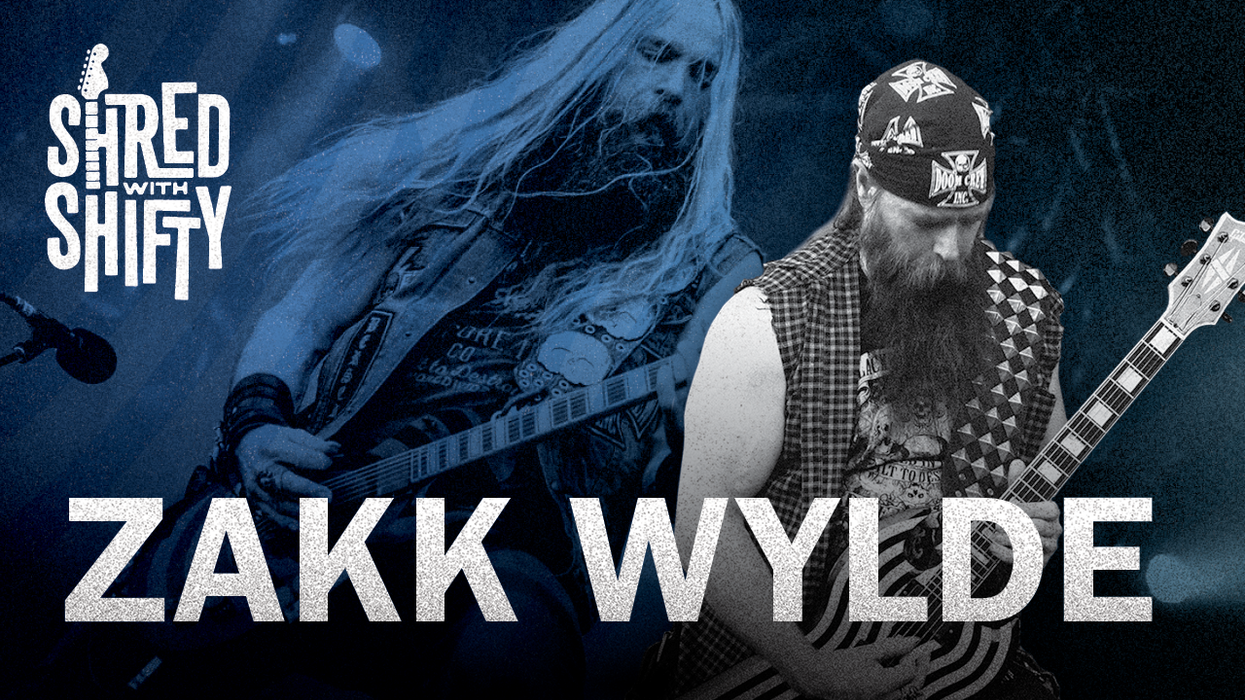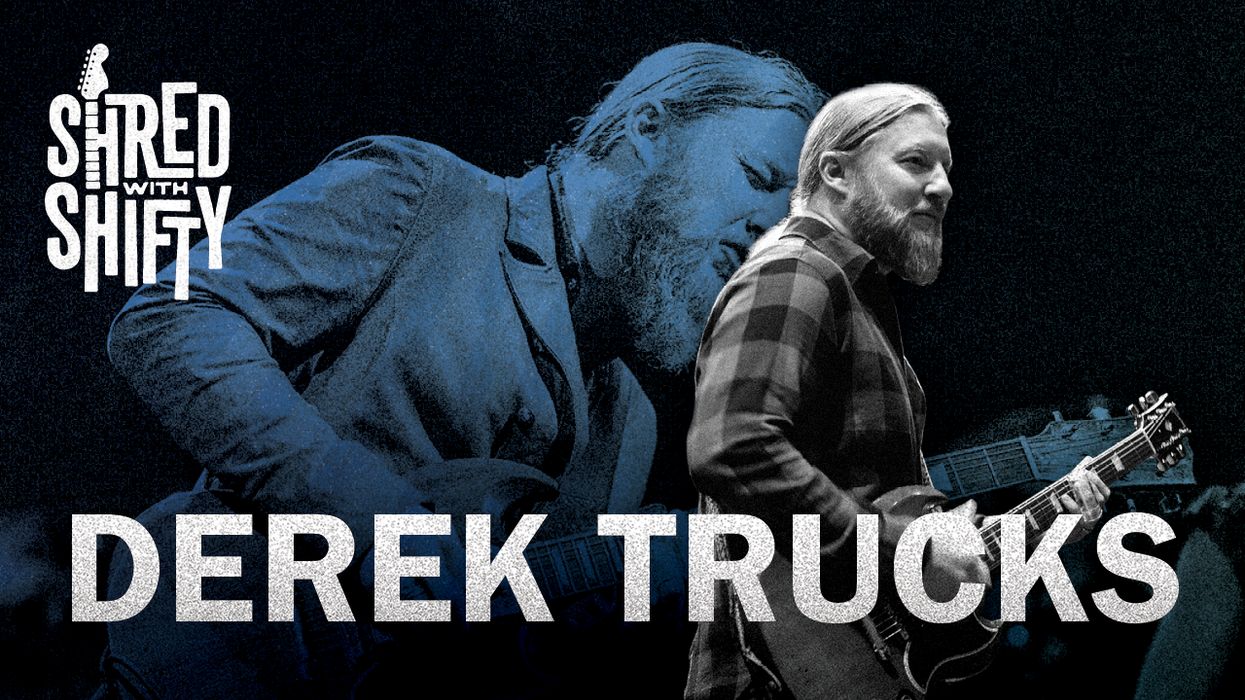Strapped with the ’51 Fender “Nocaster” that he used to record the solo on “Tumbleweed,” Urban walks Shifty through some of his guitar secrets, like how he came to own Waylon Jennings’ iconic, leatherbound 1950 Fender Broadcaster.
Next up on this action-packed season of Shred With Shifty, country superstar Keith Urban joins Chris Shiflett to walk through some of his most iconic solos and unpack some fine details behind his successful music career.
Strapped with the ’51 Fender “Nocaster” that he used to record the solo on “Tumbleweed,” Urban walks Shifty through some of his guitar secrets, like how he came to own Waylon Jennings’ iconic, leatherbound 1950 Fender Broadcaster (hats off to his wife, Nicole Kidman, for that one). Urban tells avid surfer Shiflett why he never got into surfing while growing up in Australia, and remembers his earliest influences in the country’s music scene.
Low-gain players like Mark Knopfler, Ray Flacke, and Lindsay Buckingham helped shape Urban’s lead-guitar tastes, imprints you can hear in the capoed, drop-D solo on “Stupid Boy.” (Urban says his new solo record, High, features more of these theatrics.) Amid the fretboard analysis, Urban talks about his “love-hate relationship” with his Fractal amp-modeling unit, which he still leaves at home when he plays live—a 100-watt Marshall Super Lead and PRS J-MOD 100 still reign supreme for Urban’s concerts.
Tune in to learn how Urban’s unique pick grip gave his solos some extra percussive edge, how he keeps his chops up, and which artist he’d want to “gunsling” for.
Credits
Producer: Jason Shadrick
Executive Producers: Brady Sadler and Jake Brennan for Double Elvis
Engineering Support by Matt Tahaney and Matt Beaudion
Video Editor: Addison Sauvan
Graphic Design: Megan Pralle
Special thanks to Chris Peterson, Greg Nacron, and the entire Volume.com crew.



